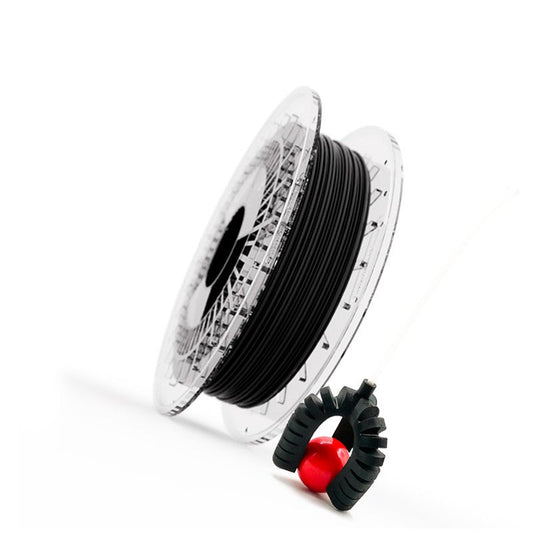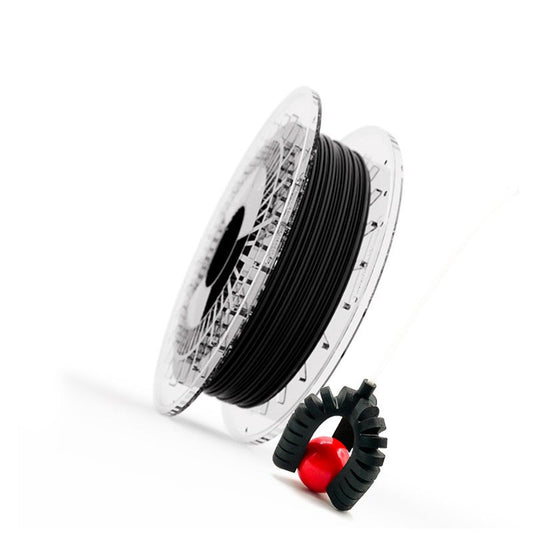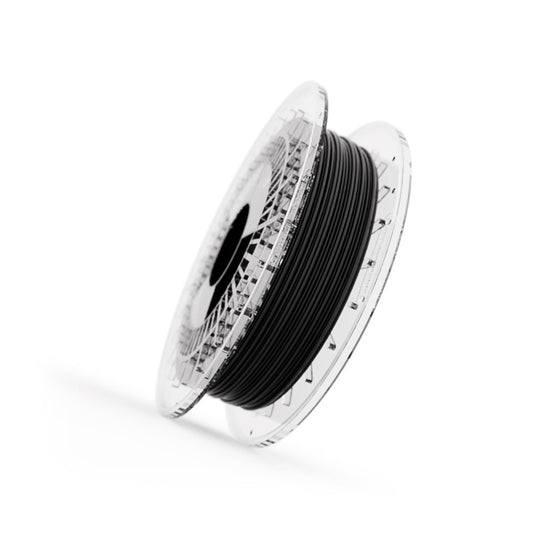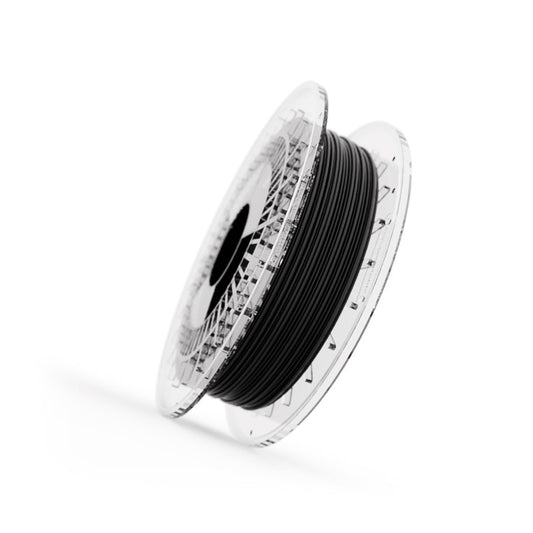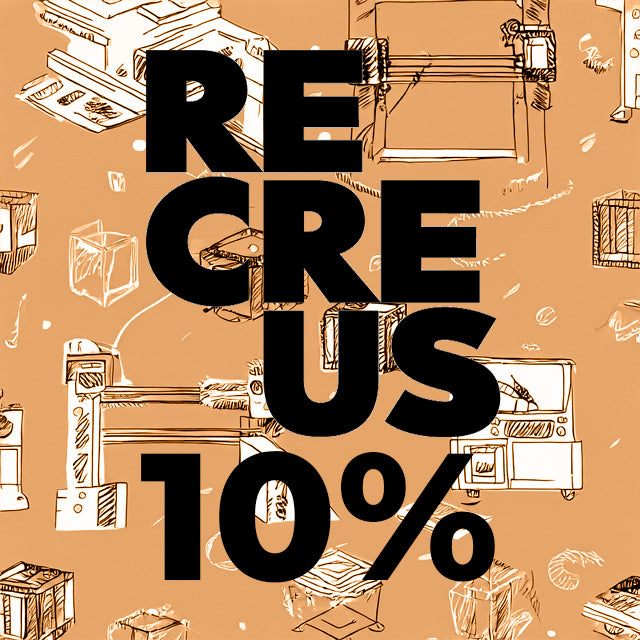'Ein Schuh', ein Material, eine Person
Anpassbare und nachhaltige Schuhe, die mit Filaflex MMS-Strukturen im 3D-Druck hergestellt werden.
"One Shoe" ist ein Projekt von Davide Amorim, das ein neues Konzept von Schuhwerk durch die Bewältigung von zwei Hauptproblemen schafft: Personalisierung und Nachhaltigkeit.
Im Wesentlichen sind alle Menschen unterschiedlich. Dennoch tragen Menschen mit derselben Schuhgröße, aber unterschiedlichem Körpergewicht oder Fußform oft die gleichen Schuhe.
Durch die Verwendung von mechanischen Meta-Material-Strukturen (MMS) ist es möglich, eine Sohle zu erstellen, die nicht nur den Bedürfnissen des Fußes einer Person entspricht, sondern auch leicht zu recyceln ist.

Das One Shoe Project - Anpassbare und nachhaltige Schuhe
Über den Designer
Davide Amorim, Portugiese, mit einem Master of Science in Industriedesign von der Technischen Universität Eindhoven (TU/e), ist daran interessiert, die Kombination von aufkommenden Technologien zu erforschen, um deren Potenzial in Produkte zu übersetzen, die das Leben der Menschen nahtlos bereichern.
Mechanische Metamaterialstrukturen (MMS)

MMS Struktur Designmuster 1

MMS Struktur Designmuster 2

MMS Struktur Designmuster 3
Die One Shoe Kollektion

Eine Schuhdesign-Variante 1

Eine Schuhdesign-Variante 2

Eine Schuhdesign-Variante 3
"Der Endwert des Projekts besteht darin, sowohl Menschen als auch der Industrie die Vorteile zu zeigen, die ein personalisierter und aus einem einzigen Material bestehender Schuh für unsere Gesellschaft haben könnte, auch aus ökologischer Sicht."
Projektvorführung
Ein Schuh-Projekt-Demonstrationsvideo
Erfahren Sie mehr
Für weitere Informationen zu diesem Projekt, besuchen Sie:





